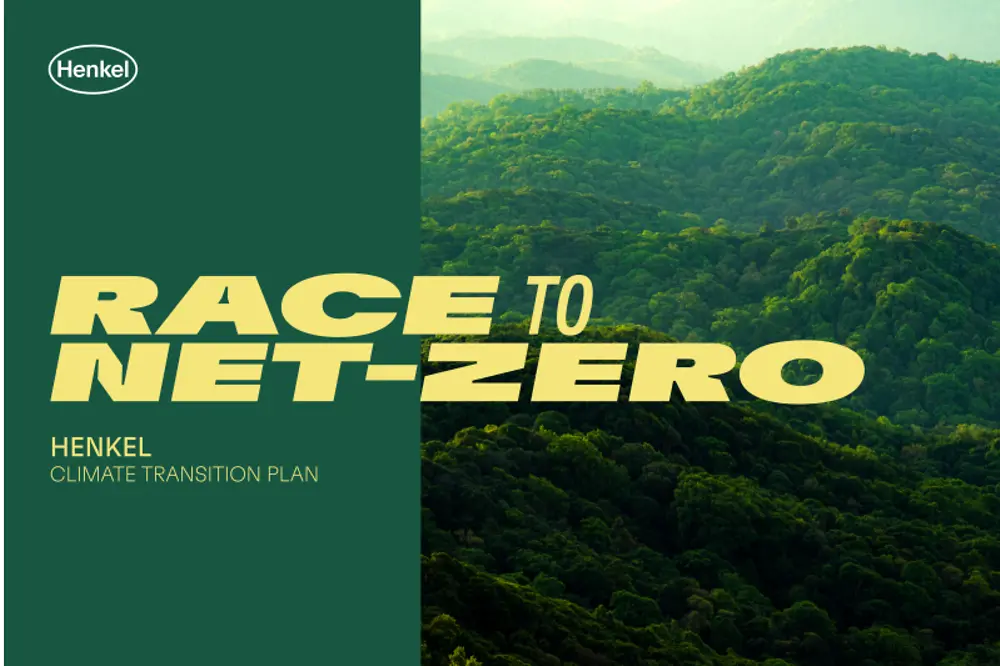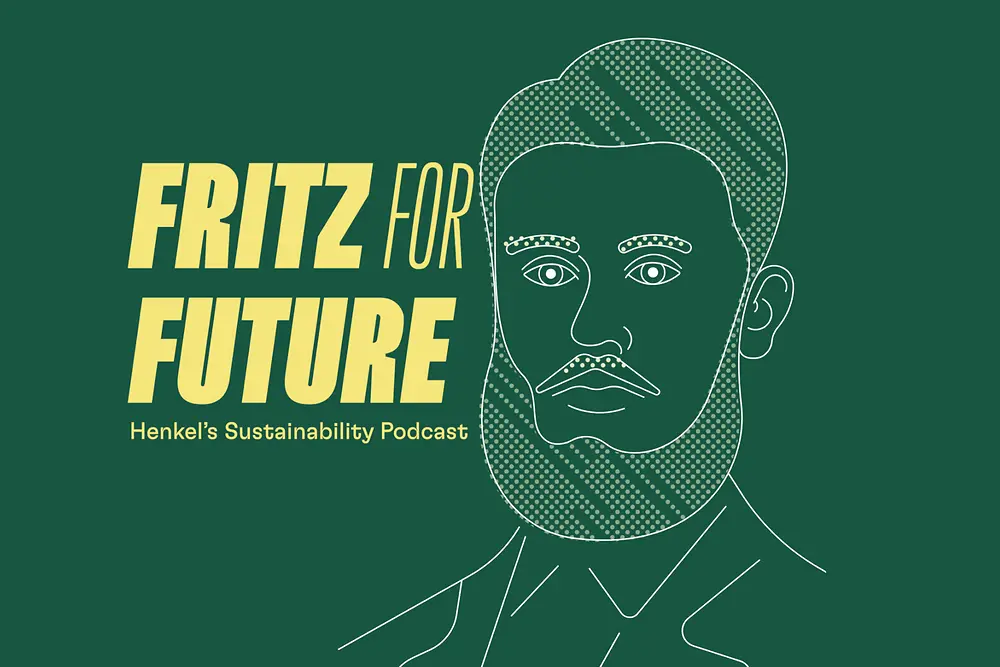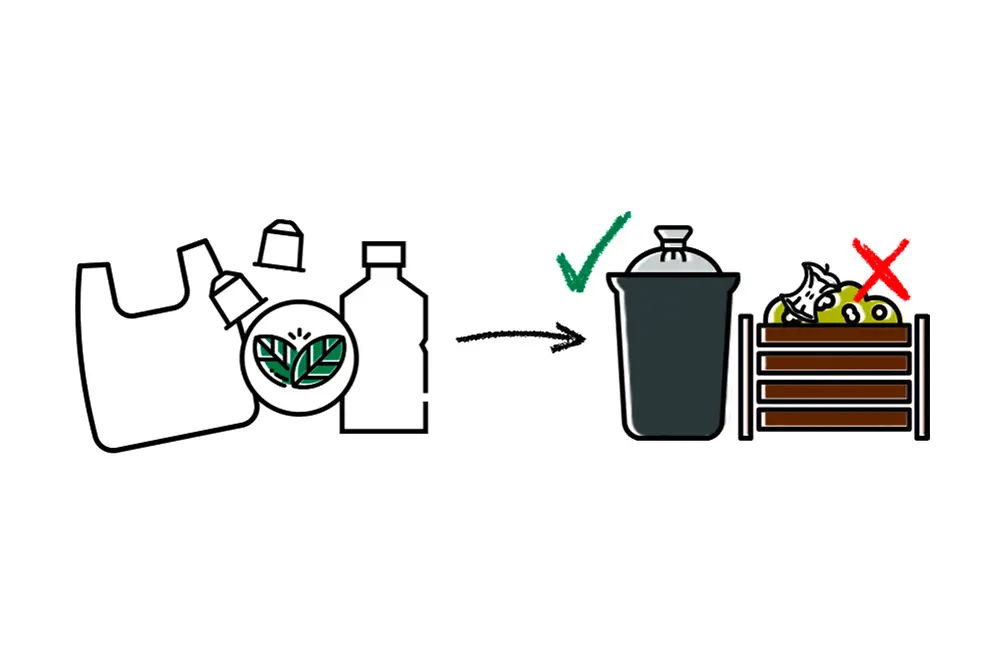To achieve a circular economy, companies need to produce sustainable packaging that also extends the shelf life of food and prevents food waste. Does designing for recycling have an impact on the shelf life of food? What challenges does the packaging industry face?
Sustainable packaging designs directly impact the shelf life of products. Studies show that the environmental impact of a product that is not consumed because of damaged or faulty packaging is much greater than the impact caused by excessive packaging. Many industries have already reached the limit of reducing the amount of packaging material they use – which leaves very few options for further weight reduction. That’s why I expect the future to be shaped by a strong commitment to eco-design strategies that are more focused on improving recyclability and increasing the use of recycled materials in new packaging.
Companies need to find the most sustainable packaging for their products, but they can also adapt their products for more sustainable packaging. Can you give an example of this?
In the laundry sector, product concentration is a strong example of how product reformulation can have positive consequences for sustainable packaging. A more concentrated detergent in a 35-gram bottle can wash the same amount of laundry as less concentrated detergent in an 80-gram bottle. Applying a holistic approach to Life Cycle Analysis is usually the smartest strategy to identify and implement this type of improvement.
Achieving a circular economy will require new technologies and methods. What examples are you excited about?
I’m convinced that new technologies will accelerate the transition to a circular economy. Artificial intelligence, for example, can make it possible to recognize how full a container is. For recycling, this can improve waste collection approaches and save fuel – which makes recycling more sustainable.
AIR-e is another example of this technology being applied. It’s an intelligent recycling assistant that aims to give an immediate response to any doubts or questions about recycling that a citizen may have. We created AIR-e in TheCircularLab, the first innovation center for the circular economy in Europe that is focused on packaging. It involves a robot that uses voice, text and image recognition to identify the type of waste the citizen has a question about. It then uses automatic learning techniques to maintain and update its database.
In Spain, seven out of ten containers are currently recycled. This places Spain among Europe’s top countries for packaging recycling. What can other countries learn from Spain’s example?
Spain ranks sixth out of the 28 European Union member countries in terms of how much packaging is recycled. We achieved a recycling rate of 70.3 percent in 2016 (source: Eurostat) and this places us above the European average of 68 percent and ahead of countries including Austria, Finland, France, Italy, Norway and Sweden. This is very positive – and domestic packaging materials like bricks, cardboard, metal, paper and plastic that are managed by Ecoembes are making an important contribution.
Packaging is the most recycled form of waste in Spain, although it only represents 8 percent of the total municipal waste generated in our country. This is because other types of waste like textiles or organic waste – which account for almost 40 percent of the total waste generated – are not yet being recycled. Public-private collaborations for recycling are moving us toward a circular economy by promoting innovation and creating green jobs. This collaboration could serve as an example for other waste materials that involve greater volumes but that are not currently recycled, and this could significantly accelerate progress toward a true circular economy.












